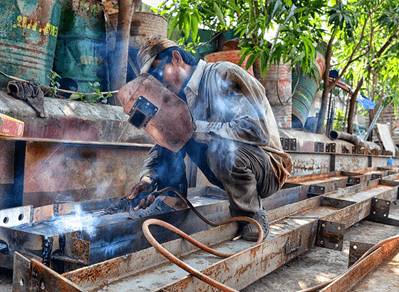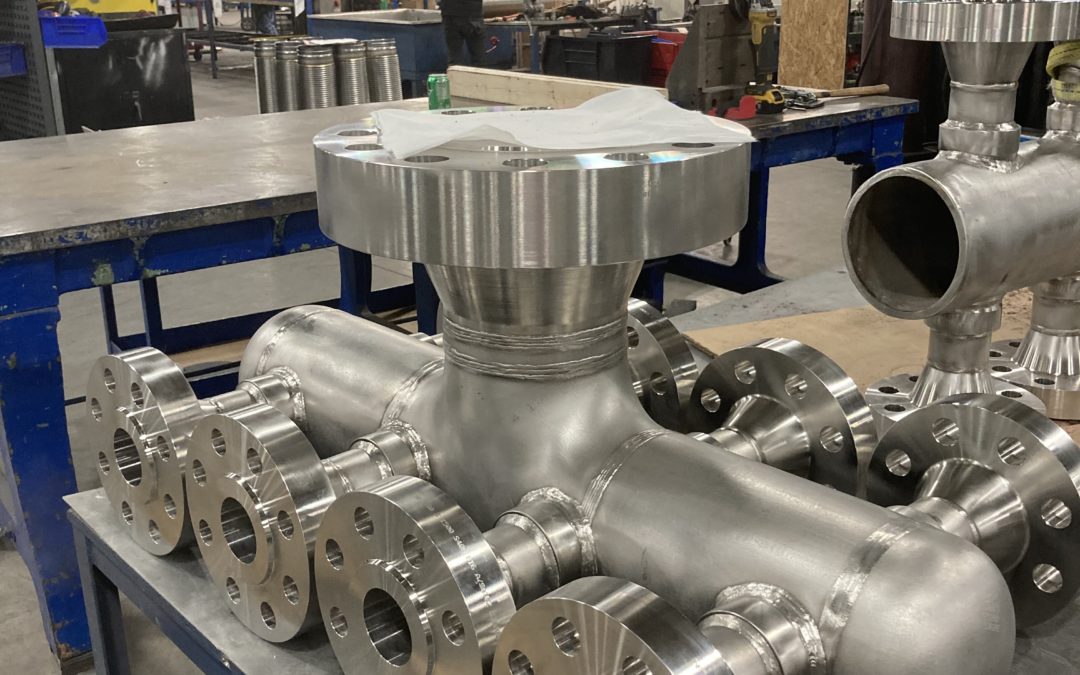
Customer Success Story: Custom Hose Design Handles 4 Extreme Testing Conditions
Custom Engineering an Innovative Hose Design to Function as an Expansion Joint to Meet the High Demands of Military Advanced Propulsion Concepts Testing
Few industries require more product validation and qualification than the military and aerospace sectors. Before any new technology is approved by regulatory agencies, they must undergo various levels of technology development — often in a simulated environment that’s designed to push products to their limits.
Above all, these tests must be accurate and reliable, delivering boundary conditions for performance and modeling validation and verification. Engineers can’t guarantee the reliability of their products if the testing equipment itself can’t produce accurate, repeatable results. That’s why designing functional test equipment is just as important as the products they test.
Challenges of Testing Environment
TCH Industries, a leader in custom hose and fittings, faced this demanding environment firsthand when one of its customers designed an Advanced Propulsion Concepts test facility for the U.S. military. To validate a new concept, the military has to create a custom testing environment that can simulate the following:
- High altitudes
- Fluctuating environments
- Extreme pressures
- Extreme temperatures
There was an eight-inch inlet system that would deliver air into the propulsion system to allow for reliable thrust output results. Standard bellows expansion joint designs were not feasible, as they would impart a force under the testing conditions.
Combined Technology Expertise
To overcome these challenges, TCH engineers partnered with Hose Master, a leader in metal hose and bellows expansion joints, to complete the custom hose design. Together, the companies created a custom U-loop expansion joint design that would hold up to military-grade functional testing, enabling the military to validate its Advanced Propulsion Concept.
Learn more by reading our case study.
TCH Industries
Our focus and obsession is the distribution and fabrication of hose for industry and hose related products. Founded nearly 40 years ago, we are proudly owned and operated by the same family. Our manufacturing partners are some of the biggest and best names: Eaton, Parker, Dixon Valve, Hose Master, Brennen, Hannay Reels, and many others.
In short, we are a customer-centric hose company filled with happy professionals who can help you meet all your hose related needs. If you have any questions, please reach out to us by filling out the form below!

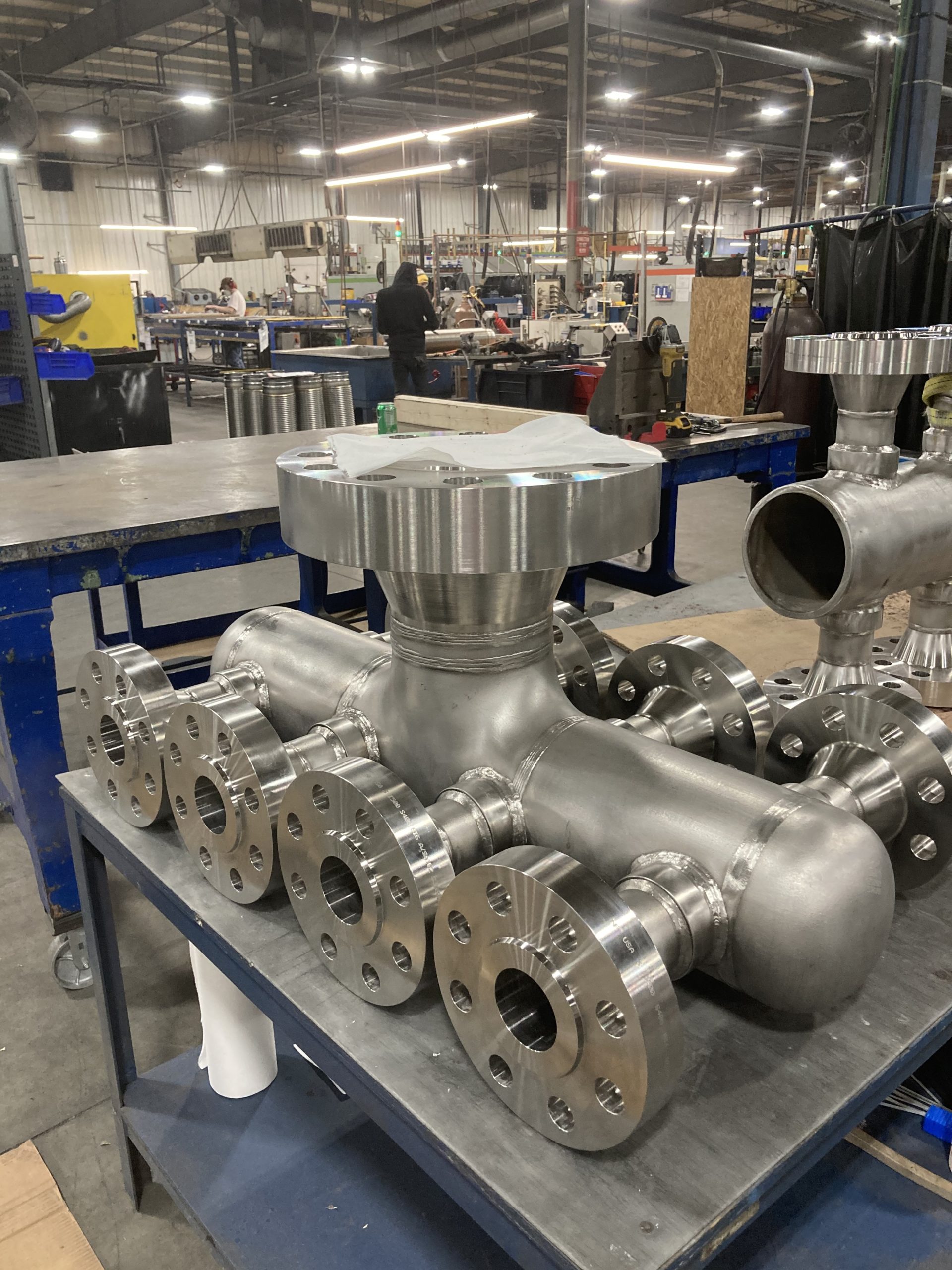
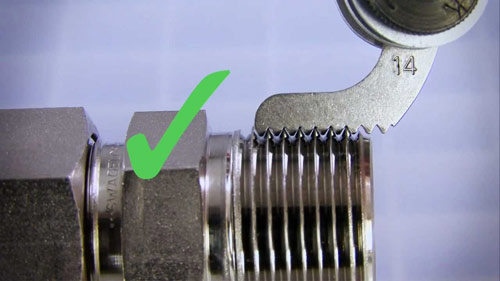
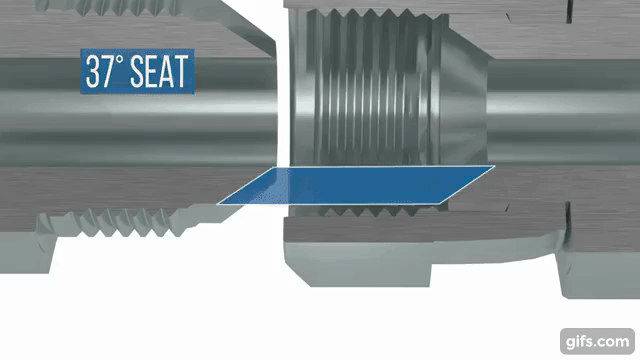
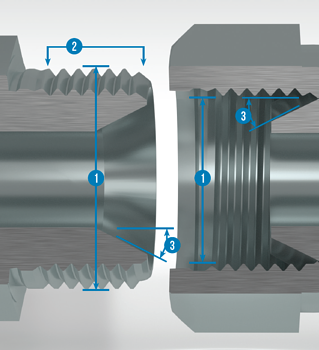
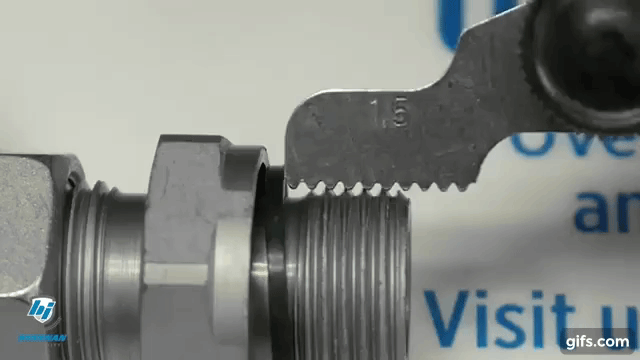
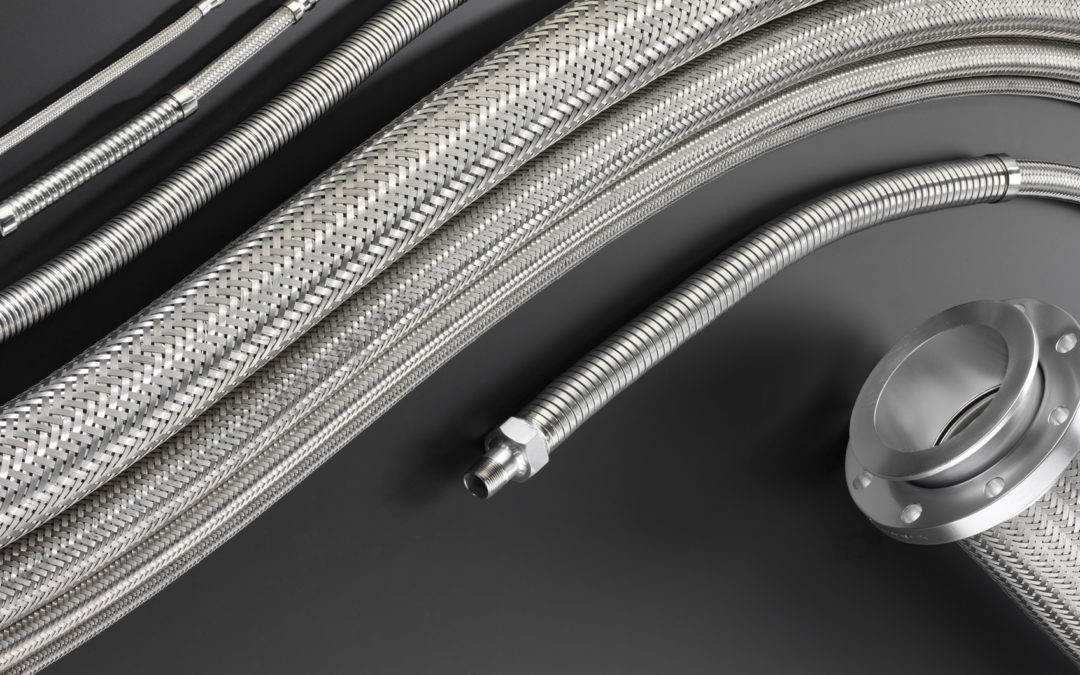
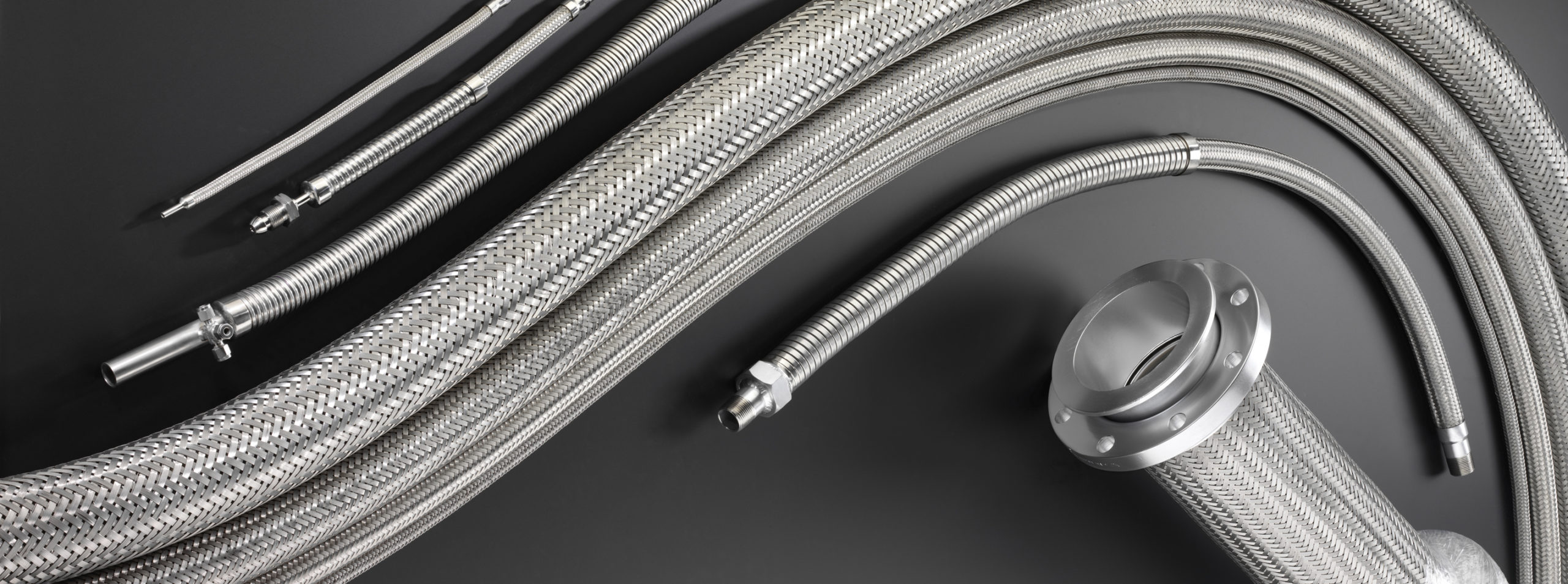
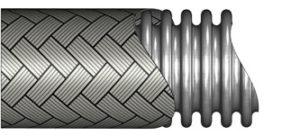 The term metal hose refers to a hose where all components of the flexible portion of an assembly are stainless steel or any kind of corrosion-resistant metal. Similar to how we broke down
The term metal hose refers to a hose where all components of the flexible portion of an assembly are stainless steel or any kind of corrosion-resistant metal. Similar to how we broke down 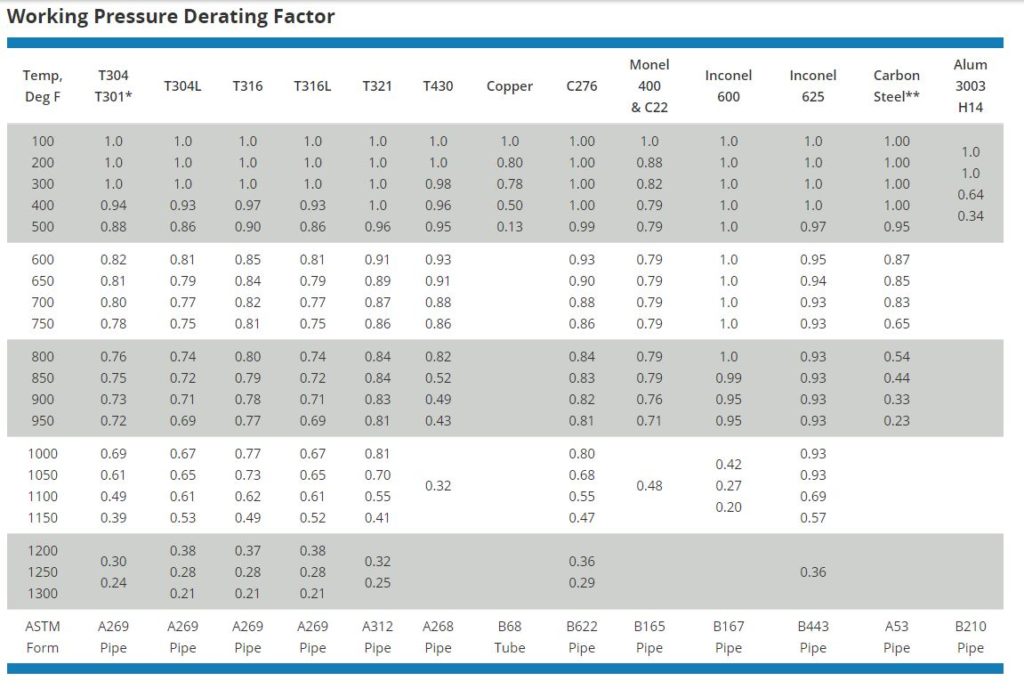
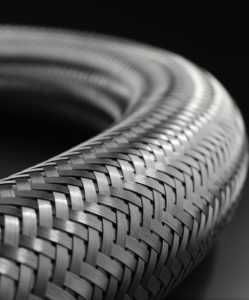
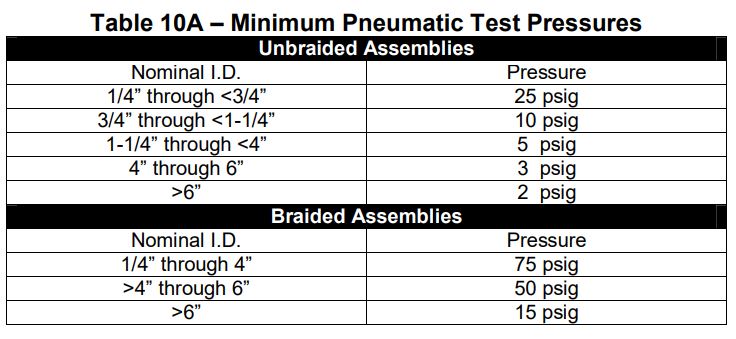
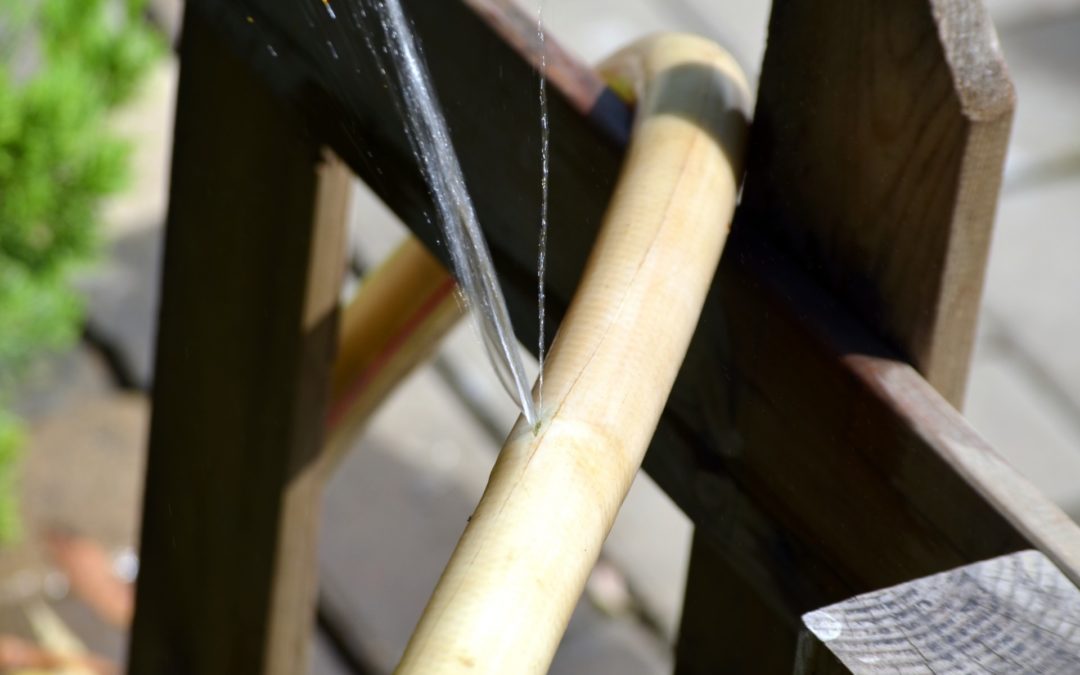
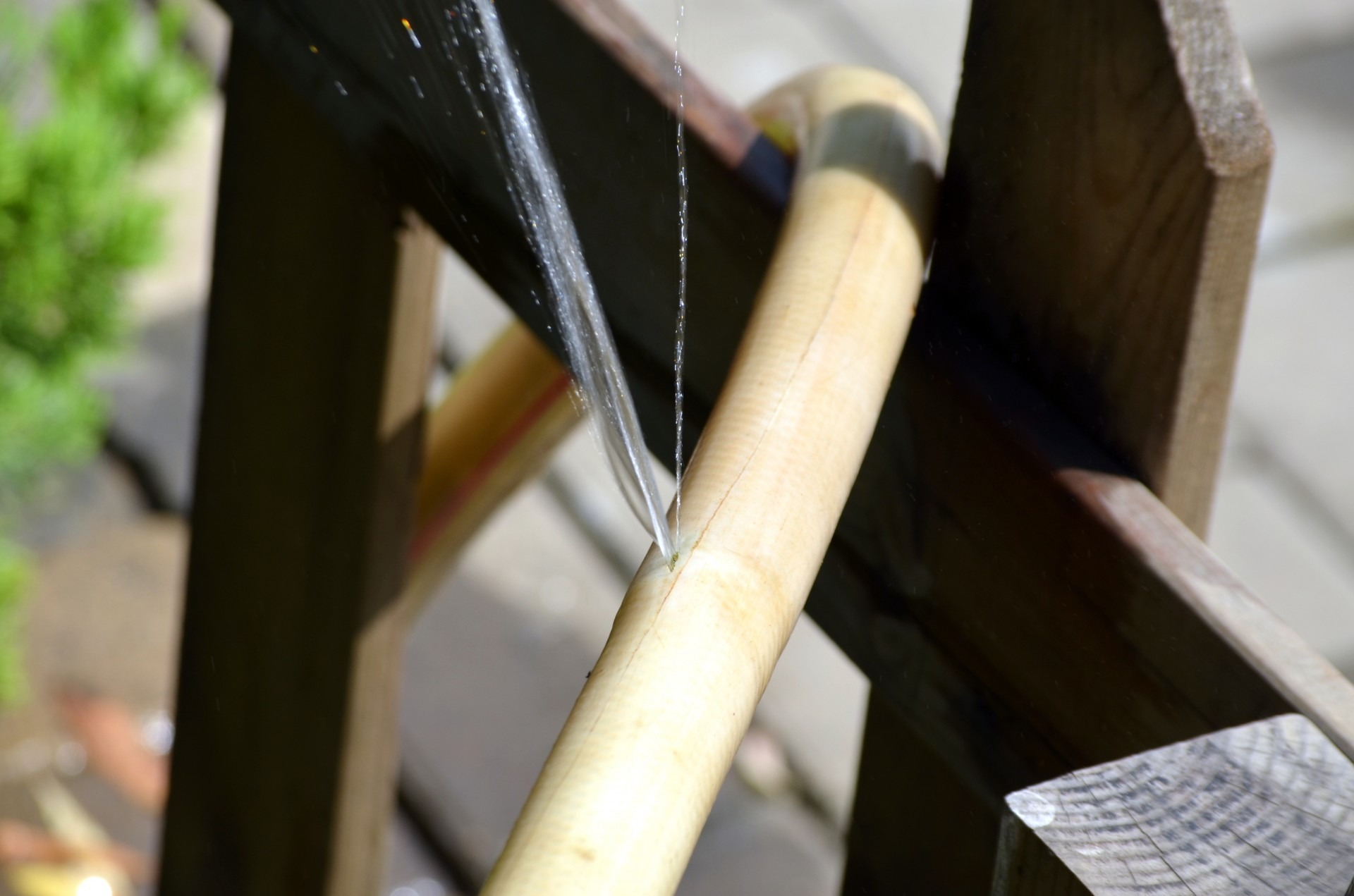
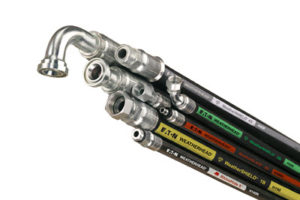 Secondly, particularly in fixing a hydraulic hose, it’s necessary to have the proper crimp spec. The crimp fitting is designed to meet
Secondly, particularly in fixing a hydraulic hose, it’s necessary to have the proper crimp spec. The crimp fitting is designed to meet 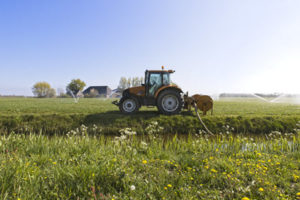 Often hoses will incur damage from impacts, such as a tractor running over the hose, a falling rock, or other impact types. The easiest way to deal with that kind of damage is by cutting and mending the hose. There are two ways to cut and mend a high-pressure or hydraulic hose.
Often hoses will incur damage from impacts, such as a tractor running over the hose, a falling rock, or other impact types. The easiest way to deal with that kind of damage is by cutting and mending the hose. There are two ways to cut and mend a high-pressure or hydraulic hose.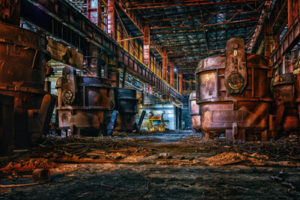 Situations, where you have to get your hose repaired right away, are common. Maybe your equipment has stopped right in the middle of a production run or during a harvest, and you can’t wait until the delivery of a new part. We understand. If it’s urgent, we find a way.
Situations, where you have to get your hose repaired right away, are common. Maybe your equipment has stopped right in the middle of a production run or during a harvest, and you can’t wait until the delivery of a new part. We understand. If it’s urgent, we find a way.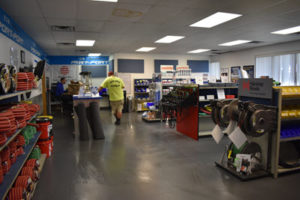 Industrial hoses and hydraulic hoses are designed for long-term use, and in many instances, replacement is a better option than fixing a hose. Hydraulic hose repair can extend the lifetime of a hose, get you out of a bind when something breaks down on a job site, or save a bit of money. Whatever the need,
Industrial hoses and hydraulic hoses are designed for long-term use, and in many instances, replacement is a better option than fixing a hose. Hydraulic hose repair can extend the lifetime of a hose, get you out of a bind when something breaks down on a job site, or save a bit of money. Whatever the need, 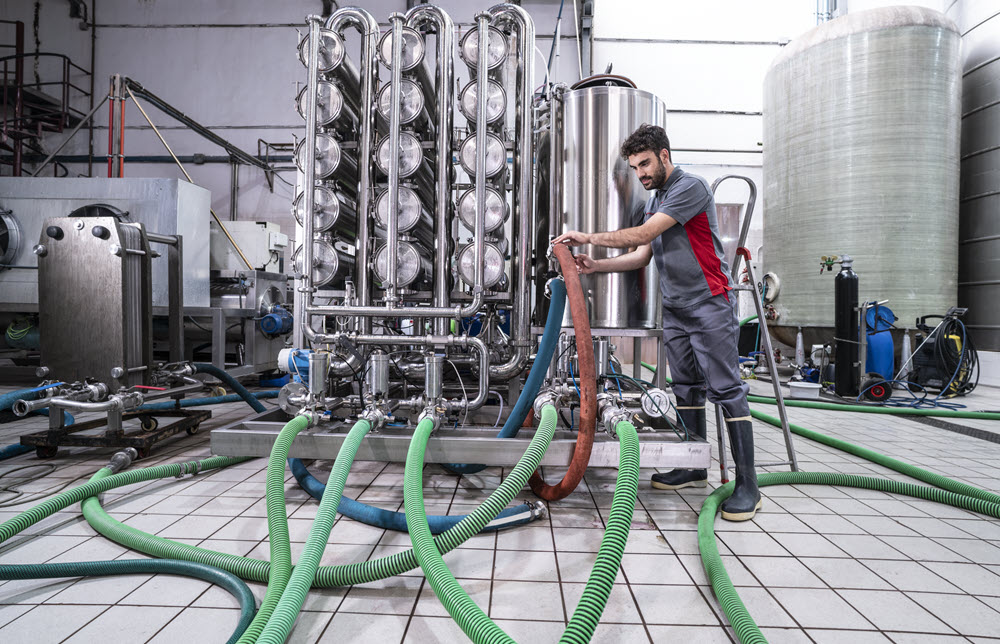
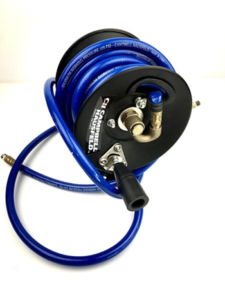 At the
At the 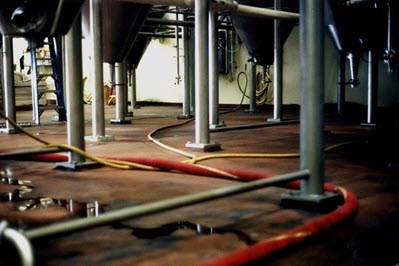
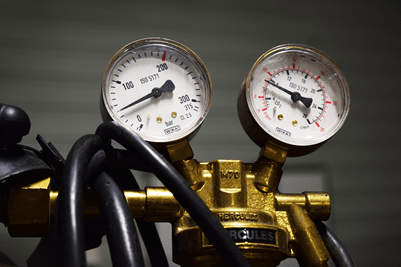 We tend to see LPG hoses for applications such as grills, heaters, tow motors, construction, and residential use. For these applications, hoses are constructed with multiple textile plies of reinforcement for flexibility and kink resistance, and a perforated cover resistant to mild chemicals, oil, and ozone.
We tend to see LPG hoses for applications such as grills, heaters, tow motors, construction, and residential use. For these applications, hoses are constructed with multiple textile plies of reinforcement for flexibility and kink resistance, and a perforated cover resistant to mild chemicals, oil, and ozone. 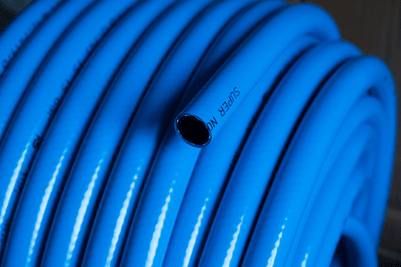 PVC (polyvinyl chloride) hoses see an awful lot of uses. Applications such as
PVC (polyvinyl chloride) hoses see an awful lot of uses. Applications such as 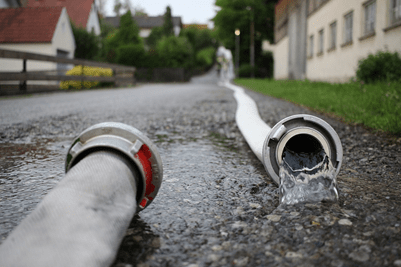 This may seem like a rather straightforward category of industrial hose. To an extent, it can be. Water hose is generally made from one of three materials: EPDM or SBR for suction and PVC for discharge. For the most part, EPDM is the most common tube for water hose, especially when the hose is being used as a transfer hose. If your application is suction, your hose will require a helical wire to prevent the hose from collapsing.
This may seem like a rather straightforward category of industrial hose. To an extent, it can be. Water hose is generally made from one of three materials: EPDM or SBR for suction and PVC for discharge. For the most part, EPDM is the most common tube for water hose, especially when the hose is being used as a transfer hose. If your application is suction, your hose will require a helical wire to prevent the hose from collapsing.